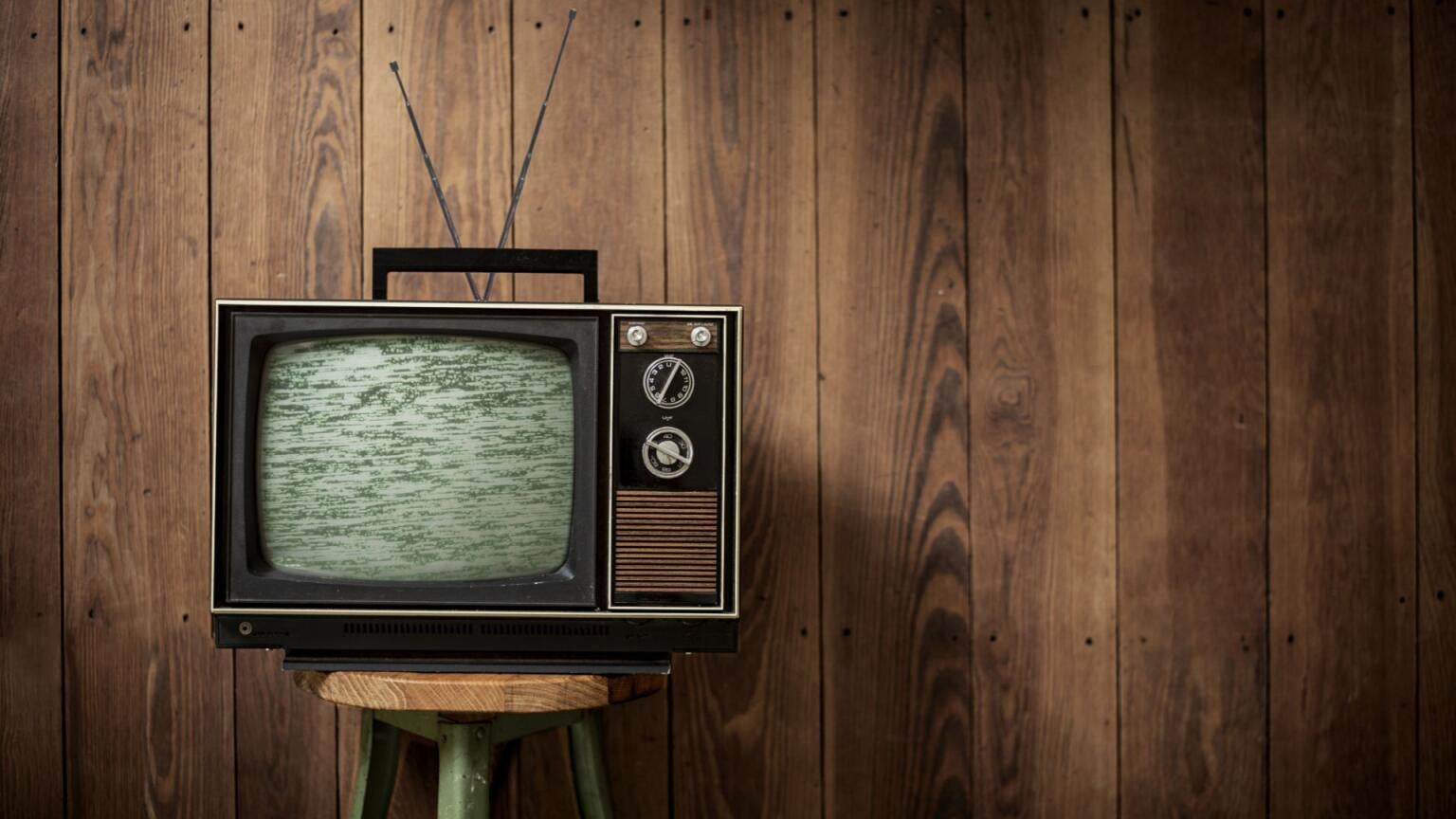Report: Pay-TV to Lose Almost 50 Million US Customers by 2029; Will Streaming Prices Go Up Even More?
Cord cutting has already taken a serious bite out of cable’s customer base, and a new report from Digital TV Research shows those trends will continue.

It’s hard to deny that most traditional pay-TV providers are currently engaged in a race to the bottom. Most distributors are being squeezed in a vice, with pressure from network and station owners wanting higher carriage and retransmission fees for their channels on one side, and fewer customers willing to pay the higher subscription costs that result from those rising fees. A new report from Digital TV Research quantifies how severe of a problem that is for cable and satellite companies, as it states that by 2029, North America will lose more than 50 million pay-TV subscribers.
- Digital TV Research forecasts that in the next five years, the United States will lose 49 million pay-TV subscribers.
- The numbers suggest that cord cutting will accelerate markedly from its current rate.
- The declines in pay TV revenues could mean more price increases are on the way for subscription streaming services.

The forecast from Digital TV Research covers both pay-TV subscribers in the United States and Canada, but the U.S. customer base will be hit hardest by declines. The report indicates that by 2029, the domestic subscriber total of cable and satellite distributors will fall to 49 million, a 51% decline from its current figure.
The data supports other recent surveys which show that global pay-TV penetration will peak in 2024, then start falling for the first time in history. Leichtman Research Group found that traditional pay-TV providers lost 1.8 million customers in the third quarter of 2023 alone, which was a frightening enough number on its own for distributors. Digital TV Research’s prediction shows that if anything, the rate of cord-cutting is about to increase.
Live TV streaming services like DIRECTV STREAM and Sling TV could also be in trouble. These services offer much more convenience than standard cable plans, as they don’t require bulky equipment or long-term contracts to access the linear programming. Nevertheless, they face the same financial pressures as their linear counterparts, and won’t be spared the increasing stresses on the pay-TV industry.
Does the Demise of Cable Mean that Streaming Prices Will Continue to Rise?

Warner Bros. Discovery released its fourth quarter 2023 earnings report this week and revealed that its streaming services Max and discovery+ had turned a net profit over the course of the year, despite troubling figures from its traditional TV arm. Most would have forgiven WBD for declaring victory loudly, as it is now the first legacy studio that provides streaming to make its direct-to-consumer platforms profitable.
Wall Street barely noted the milestone, however, as it was more focused on losses from its TV side. The lack of new shows thanks to the 2023 WGA and SAG-AFTRA strikes played a role, but WBD also continued to lose revenues from its linear TV networks thanks to cord-cutting. Distribution revenue dropped 3% year-over-year thanks to declining pay-TV subscribers, and WBD’s stock price dropped over 10% on Friday as of the time of publication.
WBD’s dilemma typifies that of companies like Disney, Paramount, and NBCUniversal. Their streaming revenues are not rising fast enough to offset losses from the linear sides of their respective businesses in Wall Street’s eyes, and if they continue to lose cable viewers at the rate predicted by Digital TV Research, these companies may have to take more steps to rehabilitate their stock prices via increased subscription fees.
That may mean big price increases are on the way for top streaming platforms in the coming years. That should not come as a huge surprise to customers; The Streamable predicted that essentially all major streaming services were likely to raise prices this year, as each chases the goal of profitability.
The numbers from Digital TV Research make clear that profitability alone from streamers may not be enough to satisfy their owners. They may need their streamers to become main profit generators, particularly if the theatrical box office continues to struggle the way it did in 2023, billions of dollars from where it was before the COVID-19 pandemic.
The data also opens the door for these companies to begin bundling their cable channels together in smaller packages, as Disney, Fox, and WBD are preparing to do. Skinnier channel bundles with a specific focus like sports, news, or kids entertainment could be a viable alternative to cable plans and will help cut out the middle man since they will be offered directly by channel owners instead of distributors like cable and satellite companies.
There are myriad implications from the demise of cable, many of which will be impossible to predict until it happens. But that collapse is on the way according to Digital TV Research, which predicts that pay TV will lose almost 50 million American customers by 2029.
